The afternoon of September 13 witnessed the Award Ceremony of the First Creative Aircraft Engine Design Competition at Beihang University. The ceremony was hosted by Hong Yu, a full-time counsellor of the School of Energy and Power Engineering, and its attendees included Su Deyong, Director of Professional Talent Division of Aero Engine Corporation of China (AECC), Fang Zhi, Vice Secretary of the Party Committee of the School of Energy and Power Engineering, and representatives of the winners.
At the ceremony, Mr. Su and Ms. Fang presented the winners with their certificates and prizes and they took a group photo together. Next, the attendees visited the exhibition of the award-winning works.

The winners received the awards from Mr. Su and Ms. Fang
According to the decisions of the review panel, Zhao Yize from the School of New Media Art and Design won the first prize, and the second prize went to Tong Ruoyun and Liu Qicheng from the School of Energy and Power Engineering and Zhang Huifeng from the School of New Media Art and Design. There were also five winners of the third prize and five of the excellence award.

A group photo of the attendees
The competition was sponsored by Beihang University and AECC, and it was undertaken by the School of Energy and Power Engineering. It aimed at popularizing the culture of aero engine and enhancing the understanding of it among university students. Since it began to collect works on September 3, enthusiastic students submitted over 40 pieces, including videos, photographs, hand-drawn paintings, 3D models, graphic designs, etc.
The competition is among the series of activities of the 2018 “Youth and Energy” Aero Engine Cultural Festival. Apart from the competition, the festival also consists of other activities such as the 2019 AECC Campus Recruitment, an online quiz about aero engine, the AECC Cup of Aero Engine Design, Energy and Power Lectures and so on.
Some of the award-winning works:
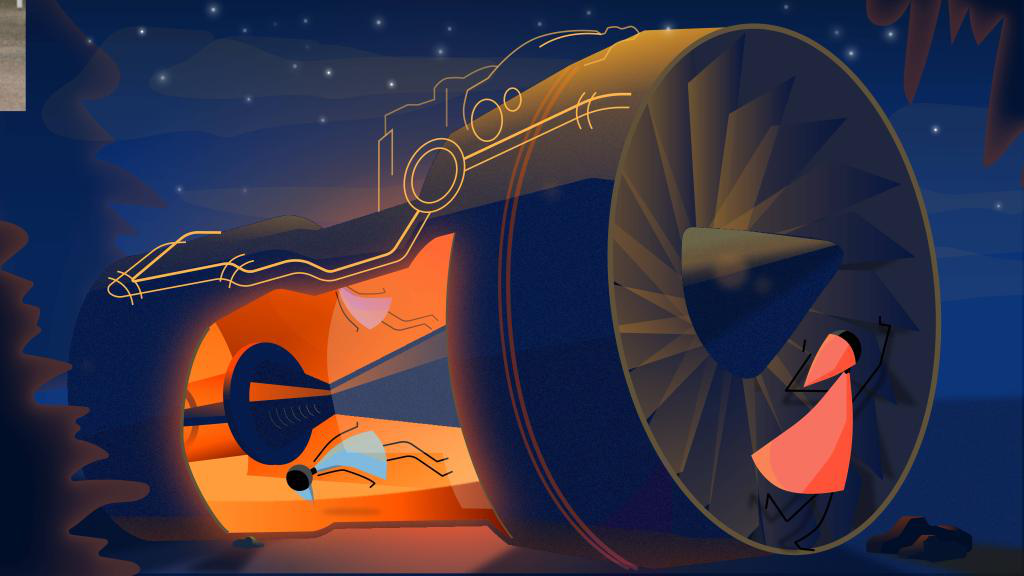
By first prize winner Zhao Yize
As an art major curious about everything, the artist guesses that maybe every big high-tech product is run by countless elves, and there came the inspiration for this work.
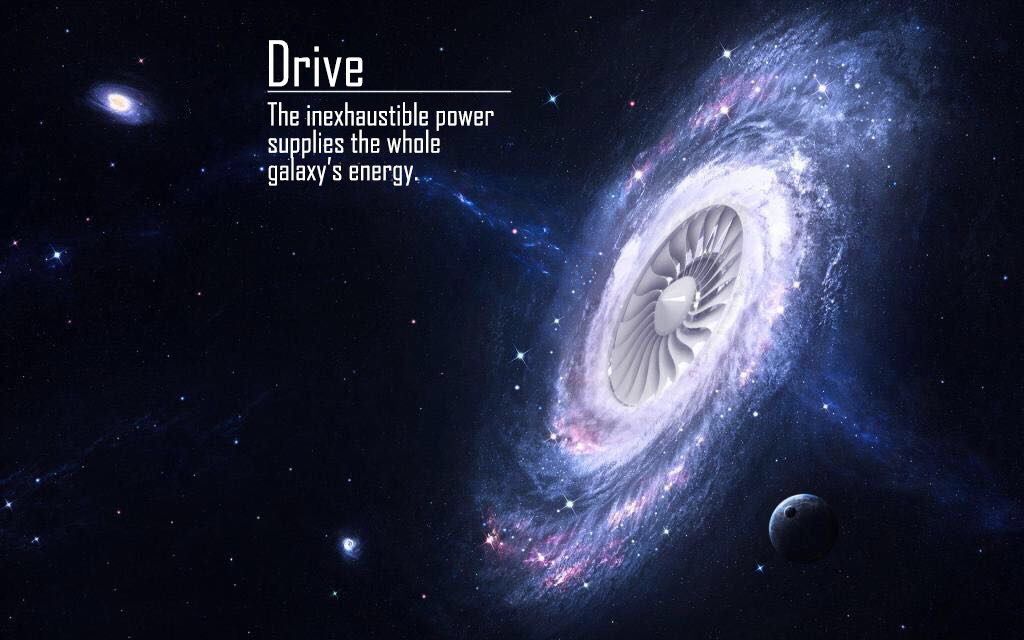
By second prize winner Tong Ruoyun
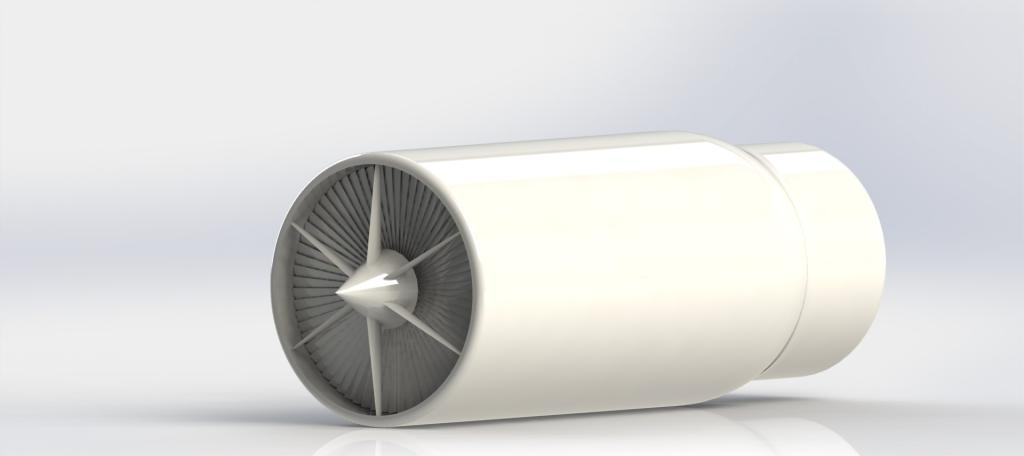
By second prize winner Liu Qicheng
In the context of increasingly serious energy crisis, the work illustrates the idea of Electric Push Jet Engine 1 (EPJE1), which is designed as a brand-new, stronger and more efficient engine that can utilize energy in an efficient and sustainable way.

By third prize winner Chen Huixin
Dreams are as far and deep as the starry sky, but they are not unreachable. In this work, the stars form the shape of an engine, shining on Beihangers who are hungry for knowledge.

By third prize winner Li Xiangpeng
Based on the principle of green aviation proposed by the U.S. and European countries, the electric blended wing body jet is a future hotspot. Compared with the traditional electric ducted fan, the rim-driven ducted fan features better aero dynamic performance, higher structural strength, thinner blades and less vibration. It also increases the arm of force, efficiency and power density and adopts the modular design.
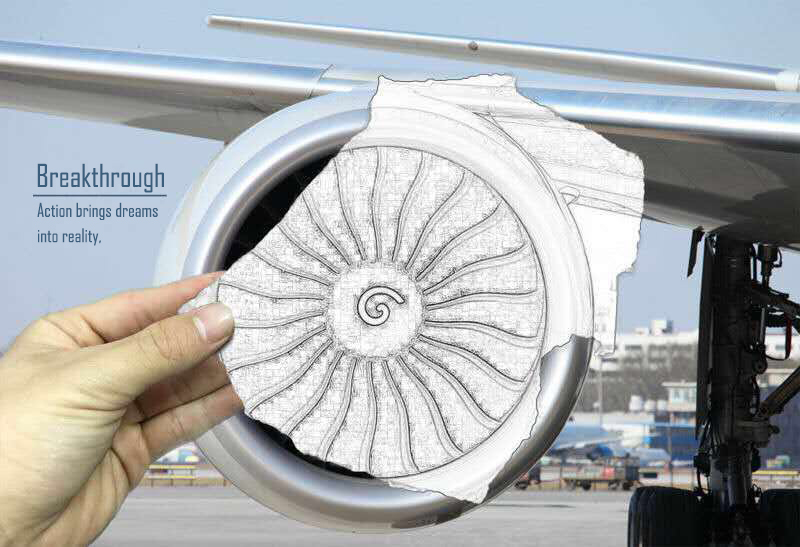
By third prize winner Zhao Tianming
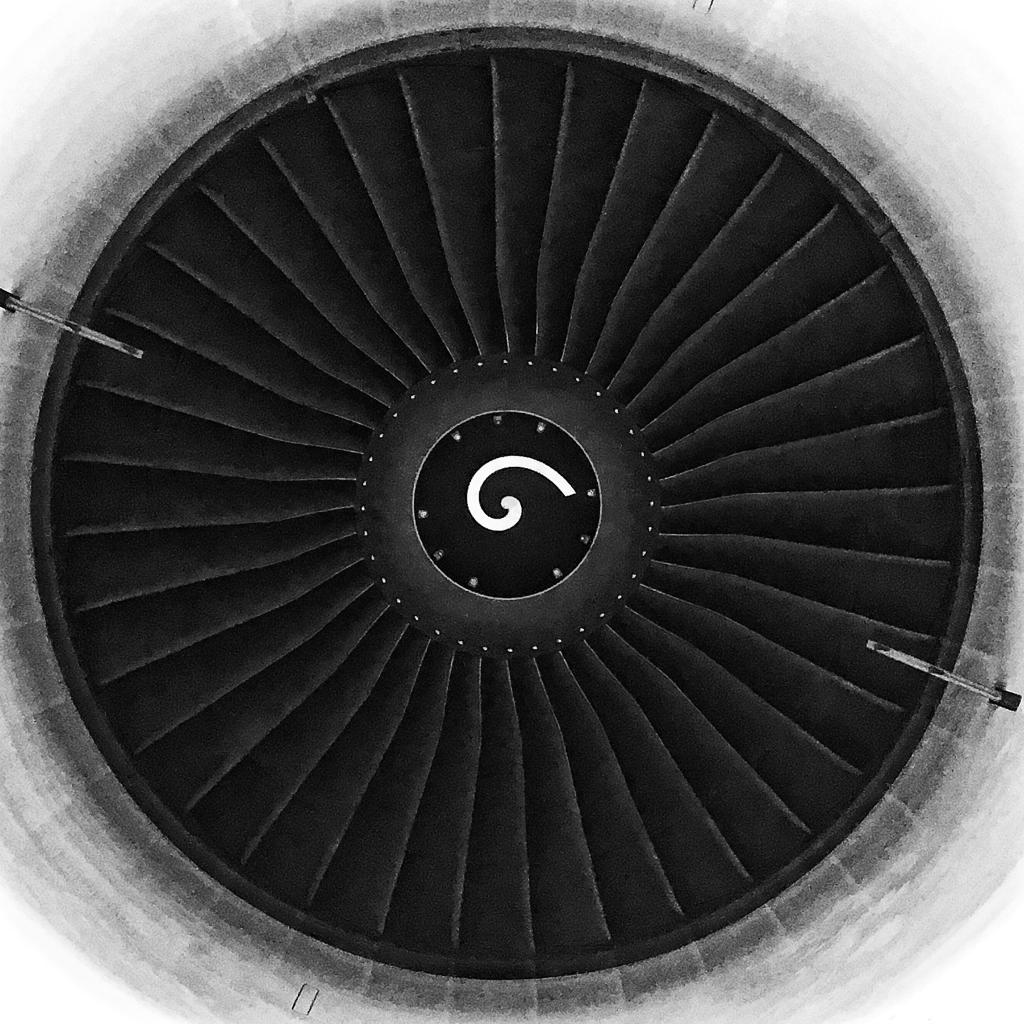
By third prize winner Sun He
Looking at the blades of the fanjet, the artist is caught by a kind of magic that, like a black hole, seems to swallow the viewer.
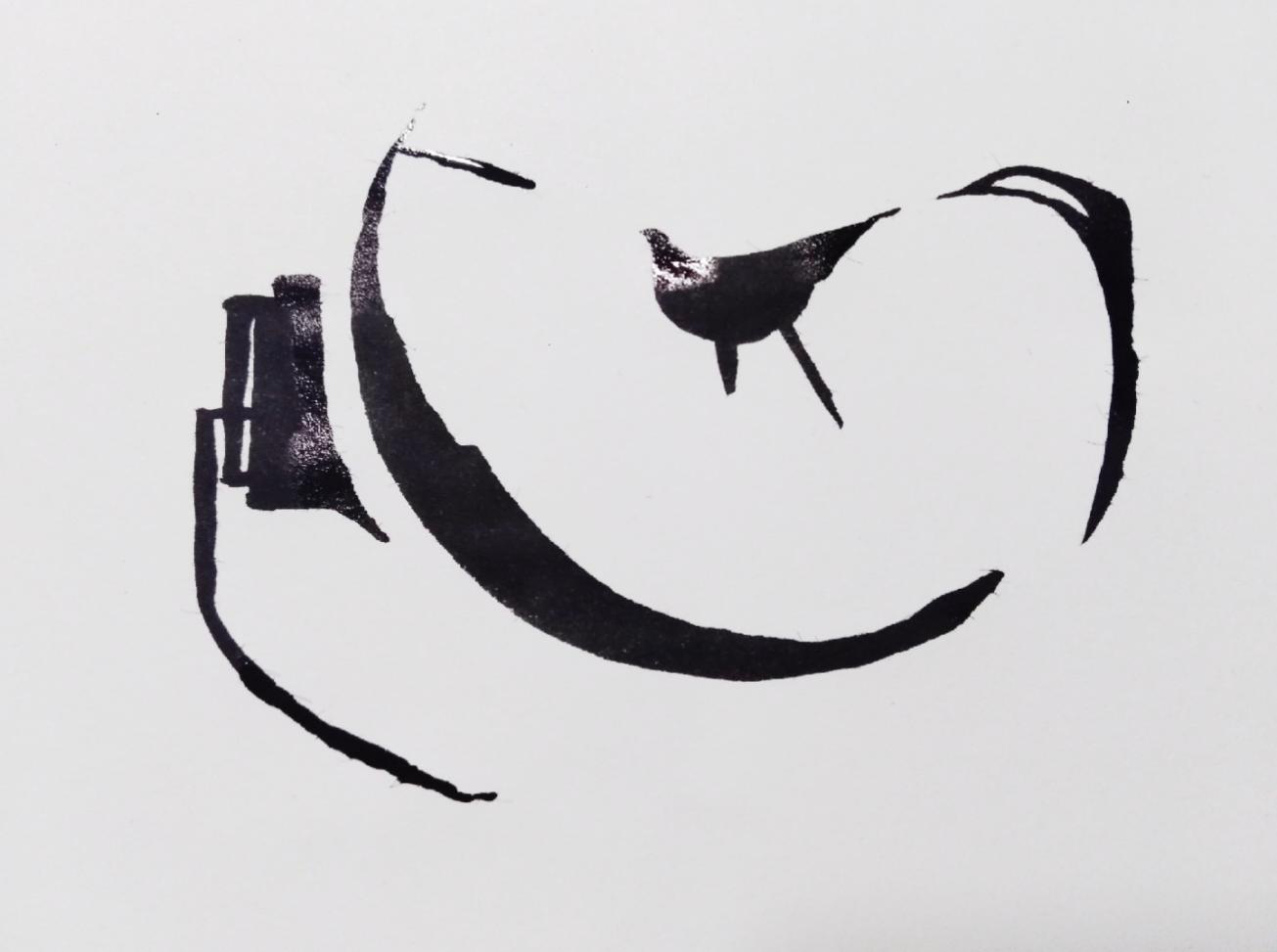
By excellence award winner Wang Wenjing
This work is the front view of an abstract engine model. The accessories of the engine are situated at the left, while the center bearing is drawn like a bird. The whole picture forms the Chinese character Xin (heart), showing that the engine is the heart of a plane and the center of the aviation industry. The use of calligraphy brush signifies that China is strengthening itself by integrating cutting-edge modern industries, and the wet ink shines like metal under light.
Reported by Chen Xiaosong
Edited by Song Chao
Translated by Li Mingzhu

